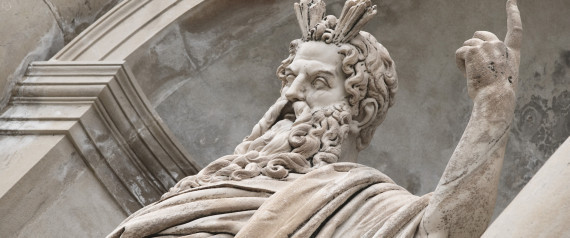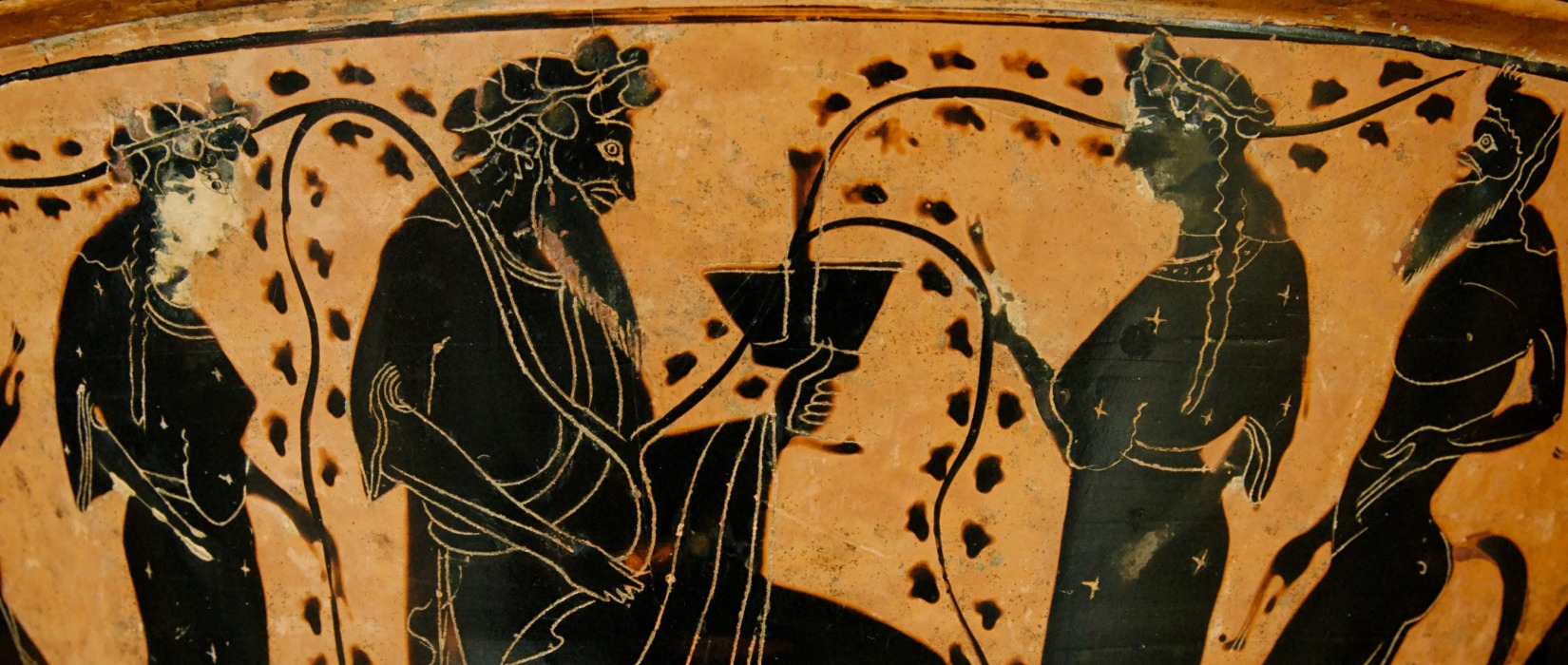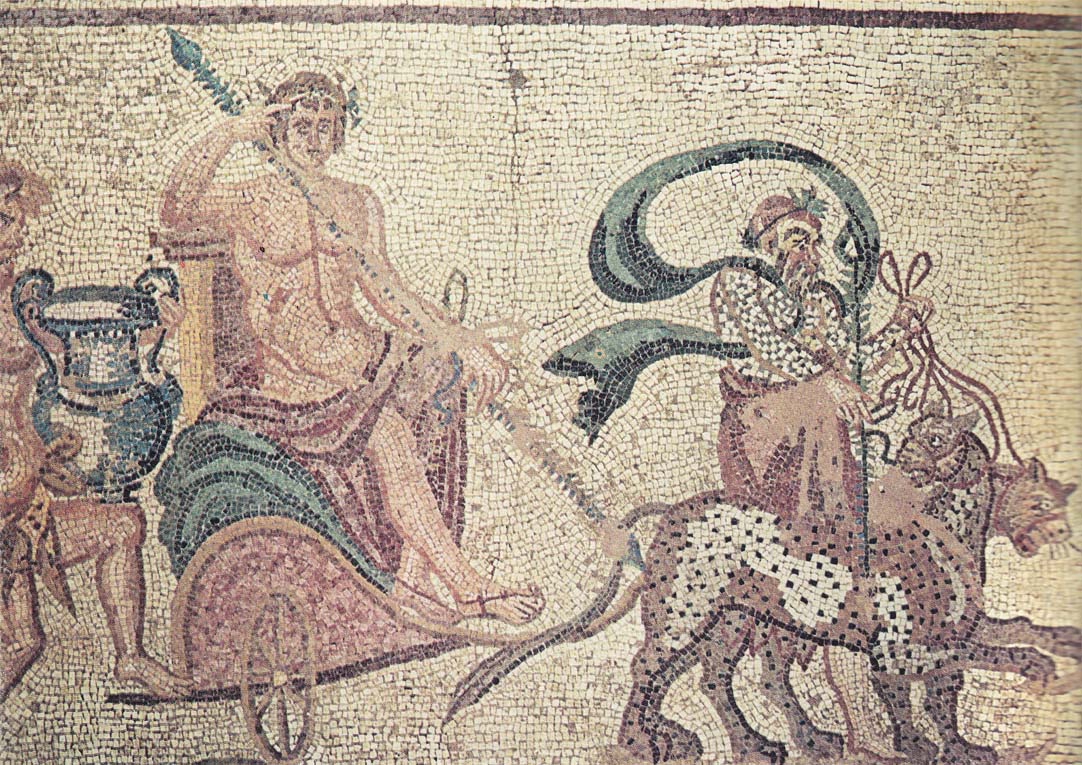Brighton College, a co-educational school in East Sussex, will use Hellenic philosophers to teach pupils how to spot "fake news" on social media, as it prepares to launch a new course in the new year. They will begin offering the course next term as a way to encourage children to think critically about the information they receive online.
Aristotle’s teachings about truth are to feature on the course, which will be overseen by Leak Hamblett, the school's deputy headmistress. Ms Hamblett, a philosophy teacher, hopes the children will learn how to tell the difference between "what is real and what is true".
"I want to teach them to go looking at resources, looking at where your source comes from, are they respectable? If you're going to read something check it out on a few different platforms, don't necessarily think it's true because it's come through social media."
Ms Hamblett also said people have a "natural inclination" to believe the written word, and it takes analytical skills to question and establish if what they are reading is true.
"We are in an unprecedented era where news and 'facts' are available at the swipe of a smartphone - which the majority of secondary school children possess - yet until now we have not taught children how to be discerning. We have a responsibility as teachers to make children more savvy about what they hear and read. They need to know they can't trust everything that pops up on their phone and learn how to form opinions. The course we are introducing will ask has fake news always been around under another name and will use Aristotle's standard model of truth to help pupils unravel fact from fiction."
A report published earlier this year warned that children and young people in England do not have the critical literacy skills needed to identify fake news. The National Literacy Trust said its report showed that the phenomenon is a serious problem for children and young people, threatening democracy, confidence in governance and trust in journalism.
Aristotle’s teachings about truth are to feature on the course, which will be overseen by Leak Hamblett, the school's deputy headmistress. Ms Hamblett, a philosophy teacher, hopes the children will learn how to tell the difference between "what is real and what is true".
"I want to teach them to go looking at resources, looking at where your source comes from, are they respectable? If you're going to read something check it out on a few different platforms, don't necessarily think it's true because it's come through social media."
Ms Hamblett also said people have a "natural inclination" to believe the written word, and it takes analytical skills to question and establish if what they are reading is true.
"We are in an unprecedented era where news and 'facts' are available at the swipe of a smartphone - which the majority of secondary school children possess - yet until now we have not taught children how to be discerning. We have a responsibility as teachers to make children more savvy about what they hear and read. They need to know they can't trust everything that pops up on their phone and learn how to form opinions. The course we are introducing will ask has fake news always been around under another name and will use Aristotle's standard model of truth to help pupils unravel fact from fiction."
A report published earlier this year warned that children and young people in England do not have the critical literacy skills needed to identify fake news. The National Literacy Trust said its report showed that the phenomenon is a serious problem for children and young people, threatening democracy, confidence in governance and trust in journalism.














